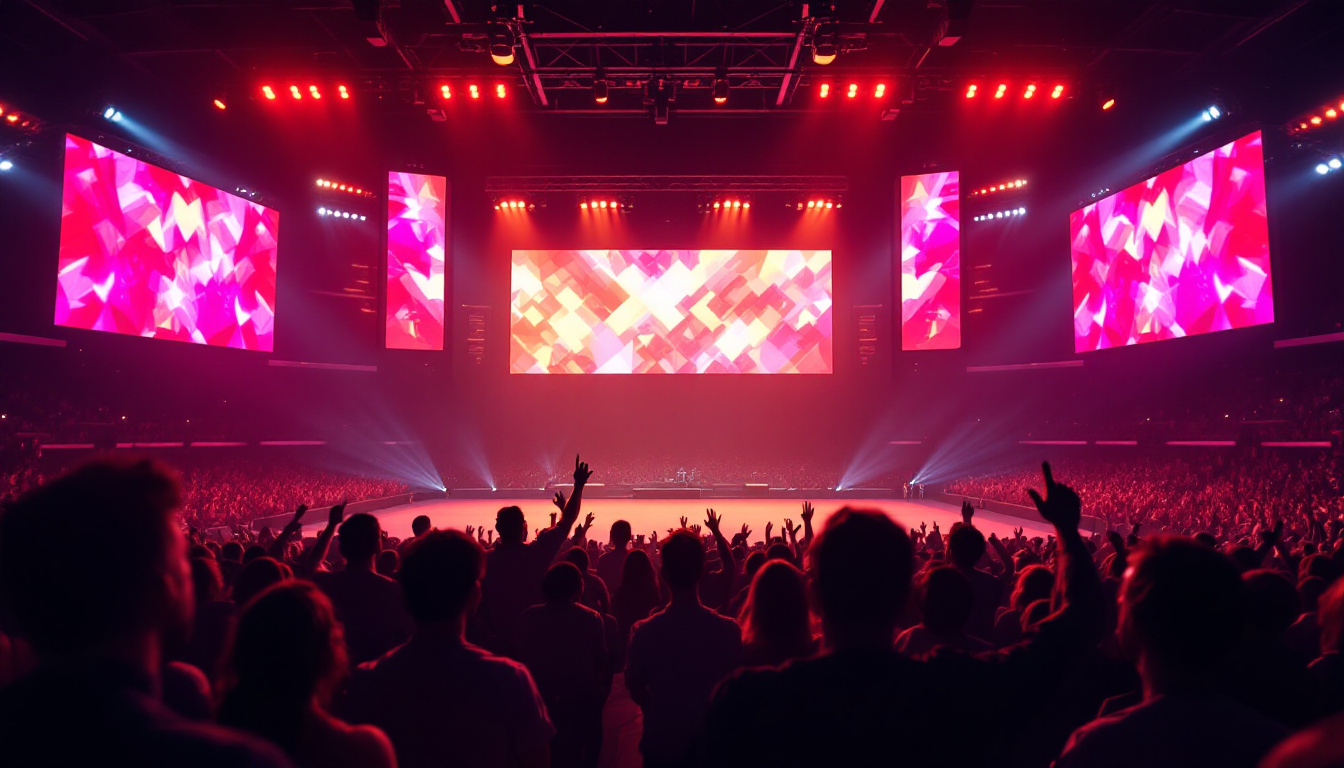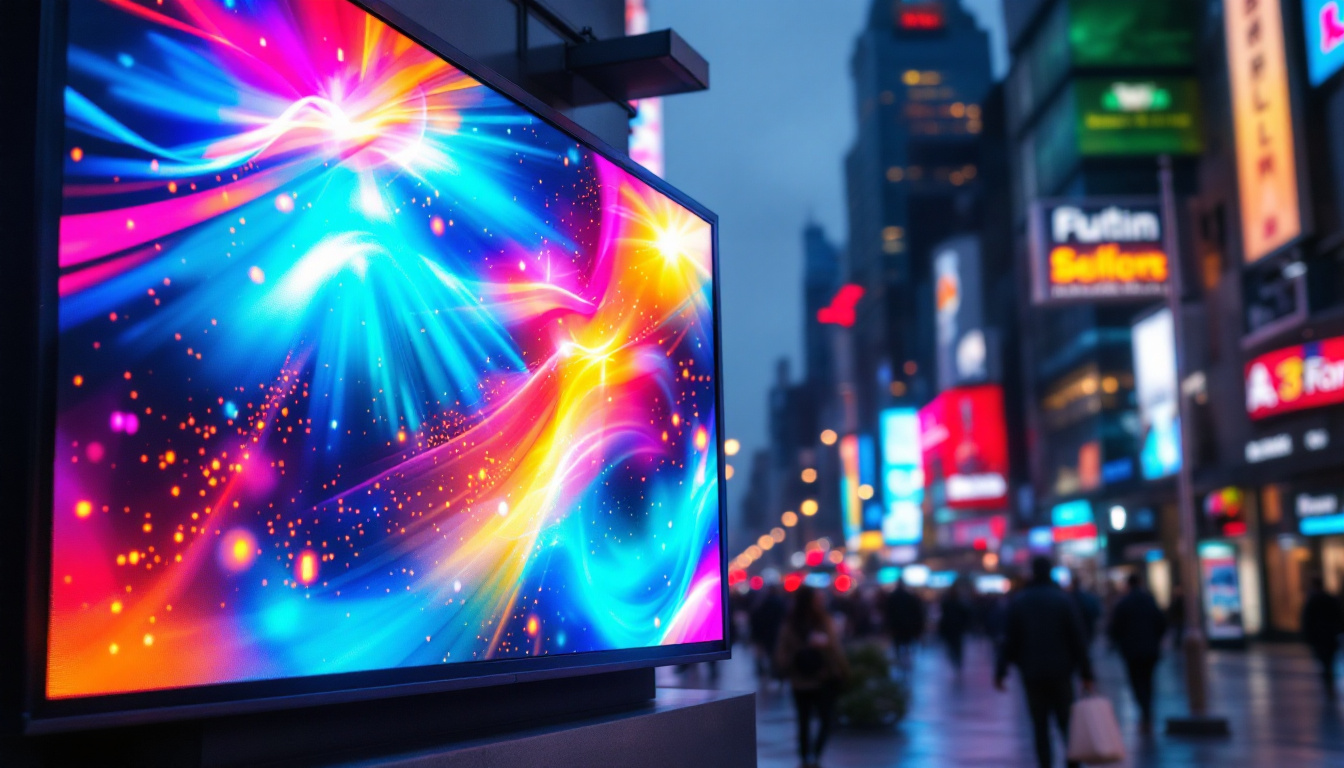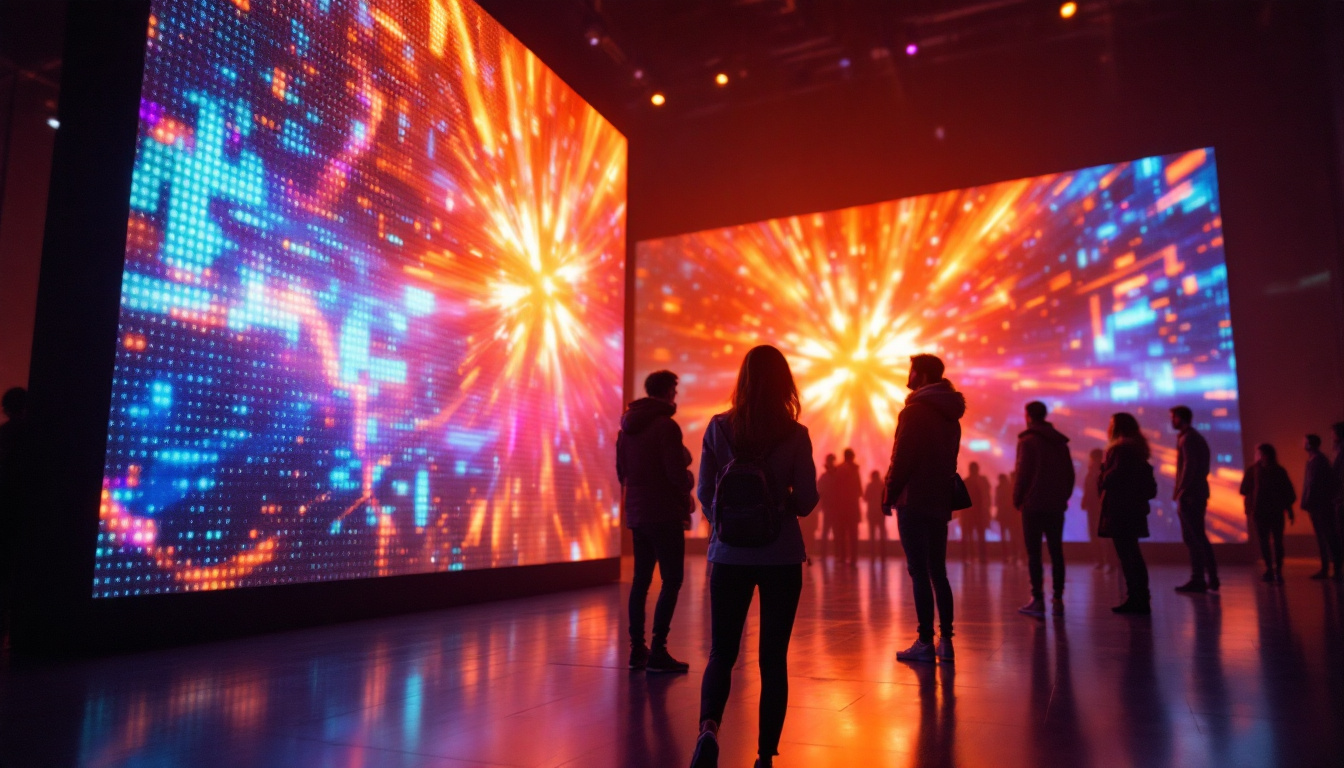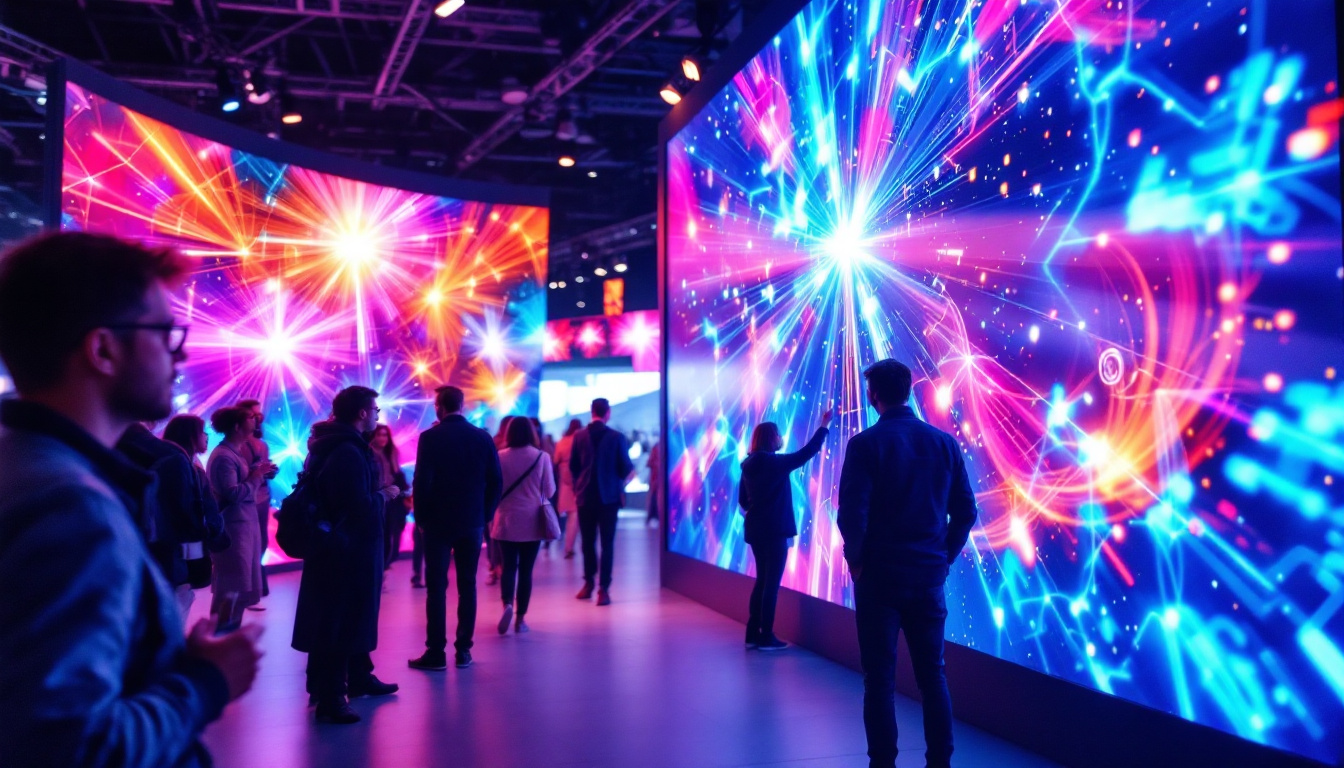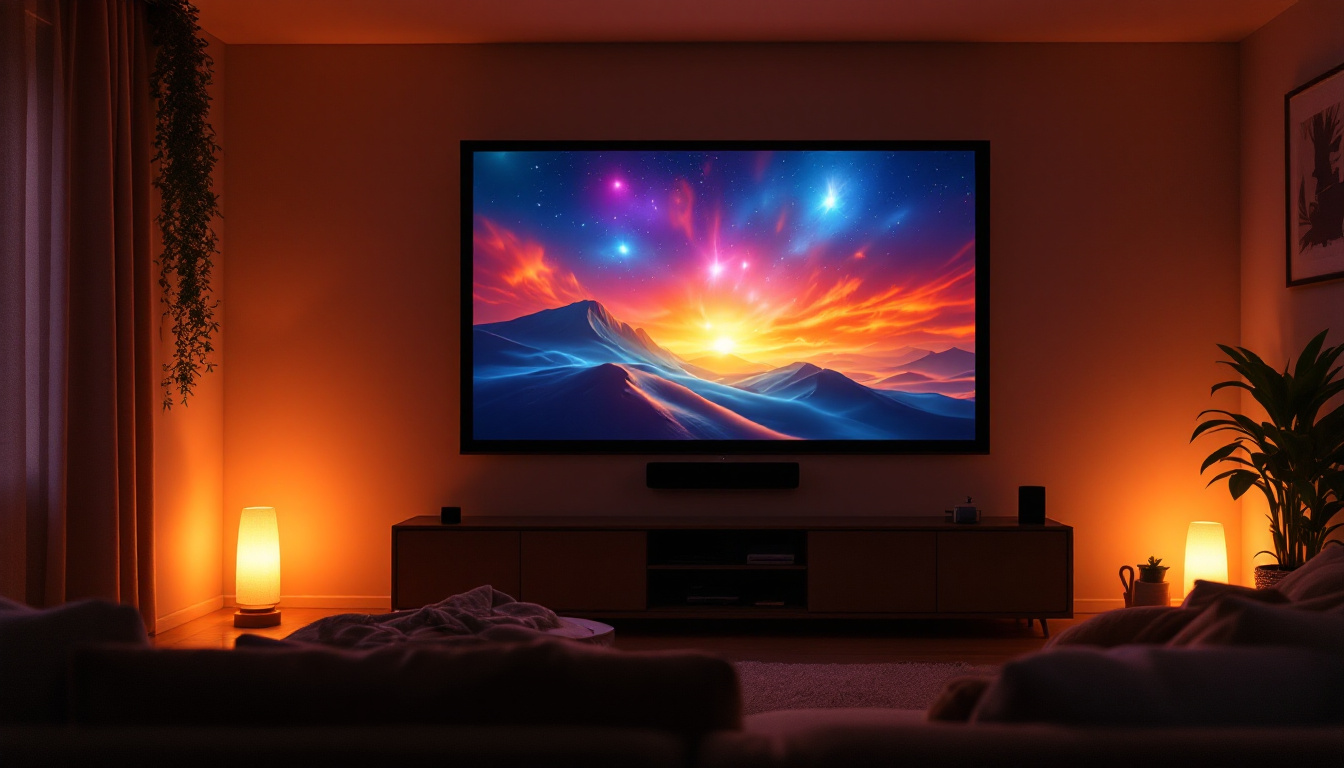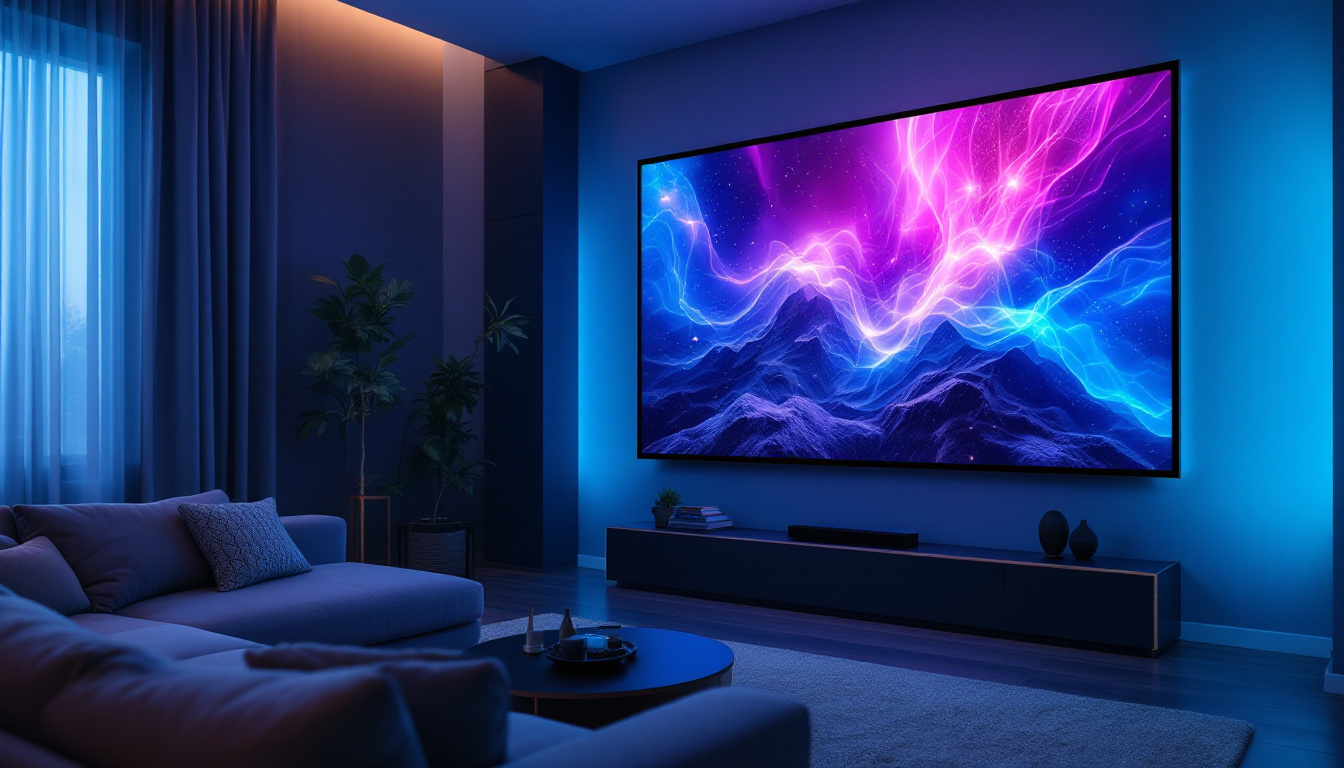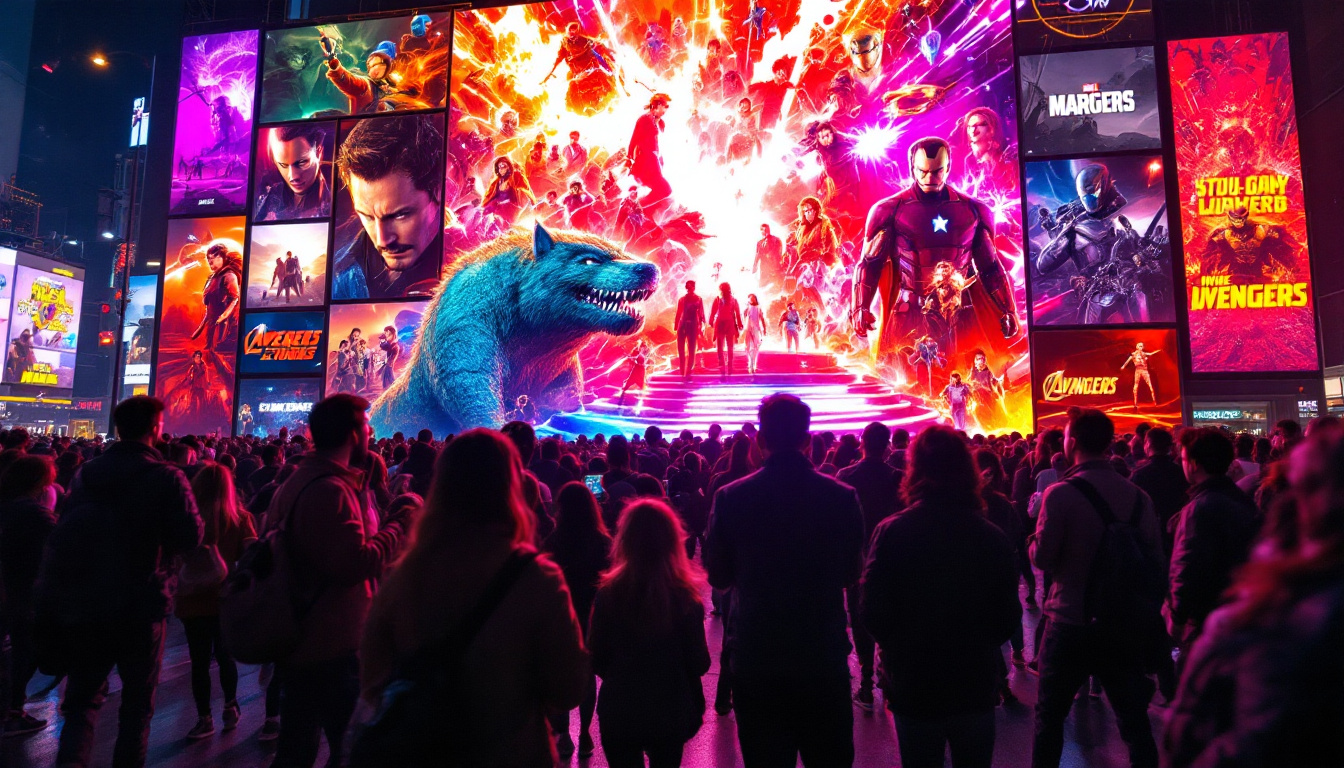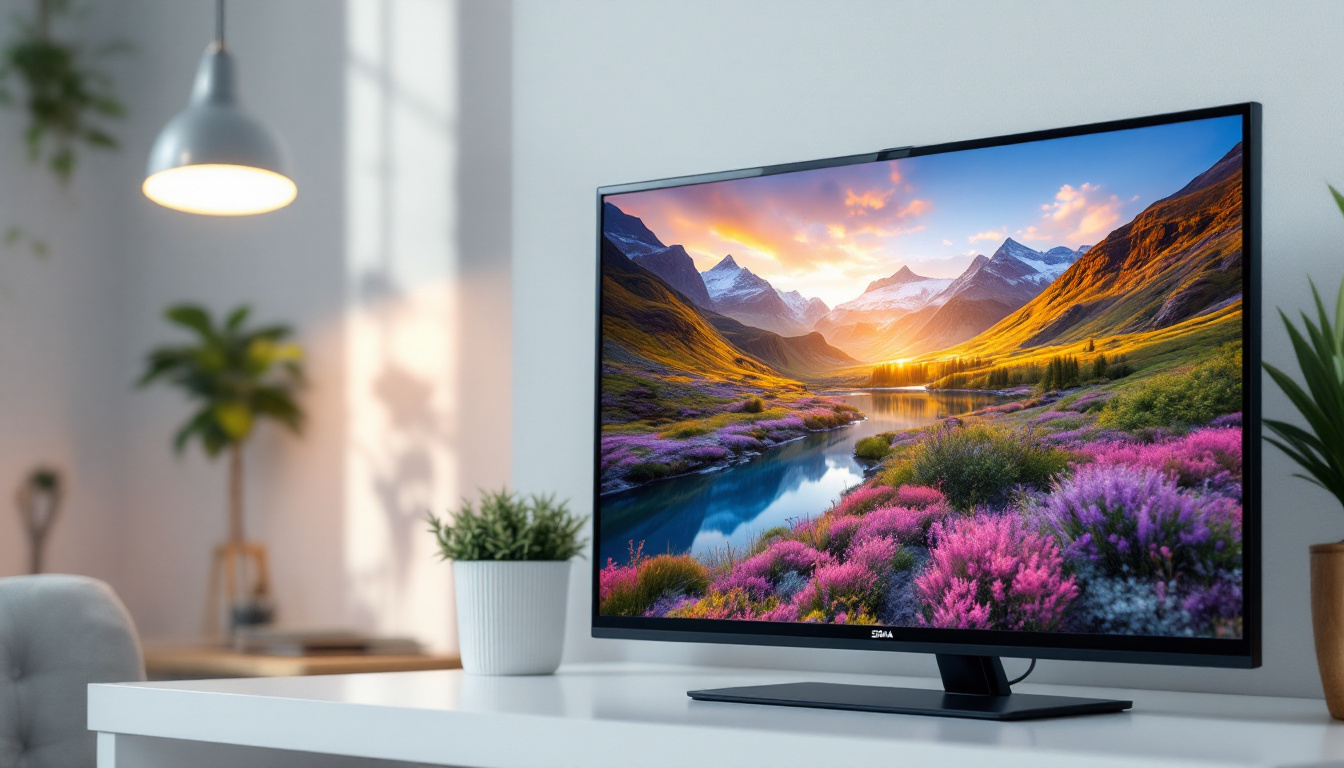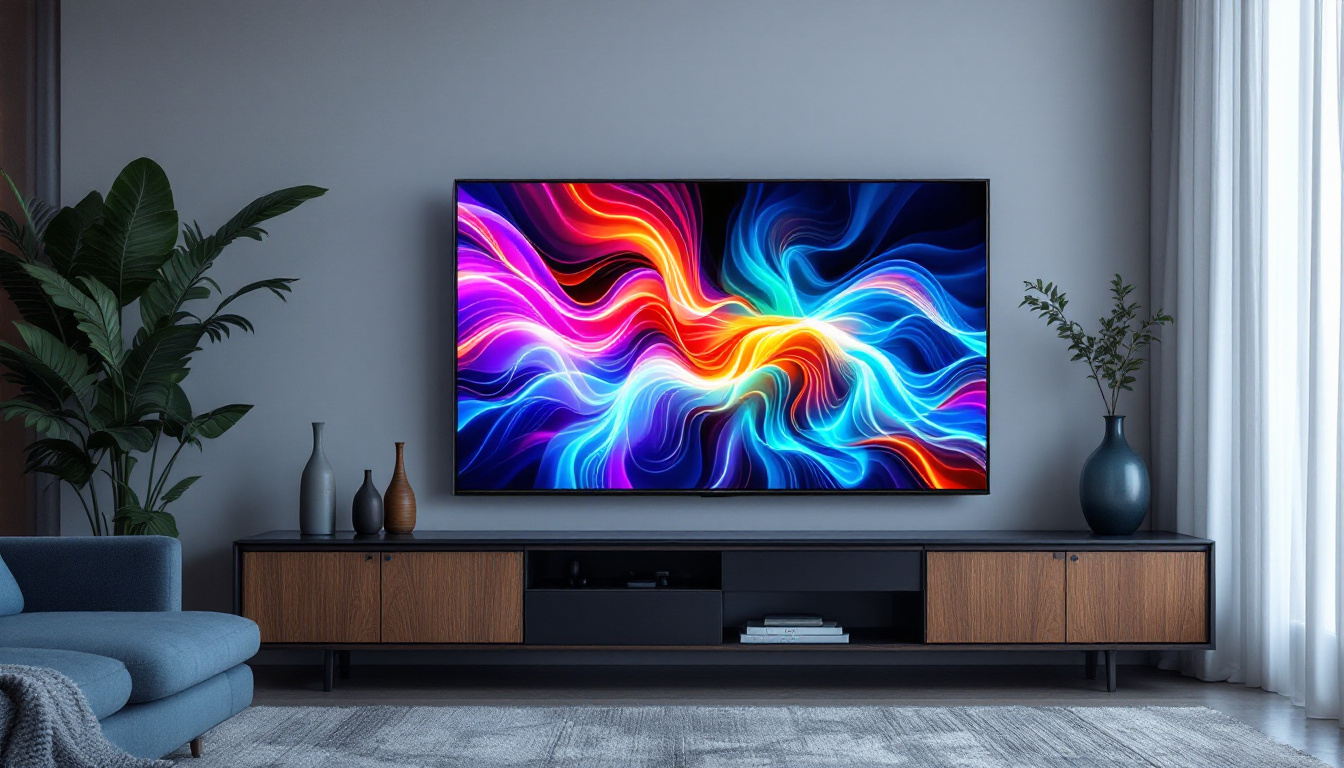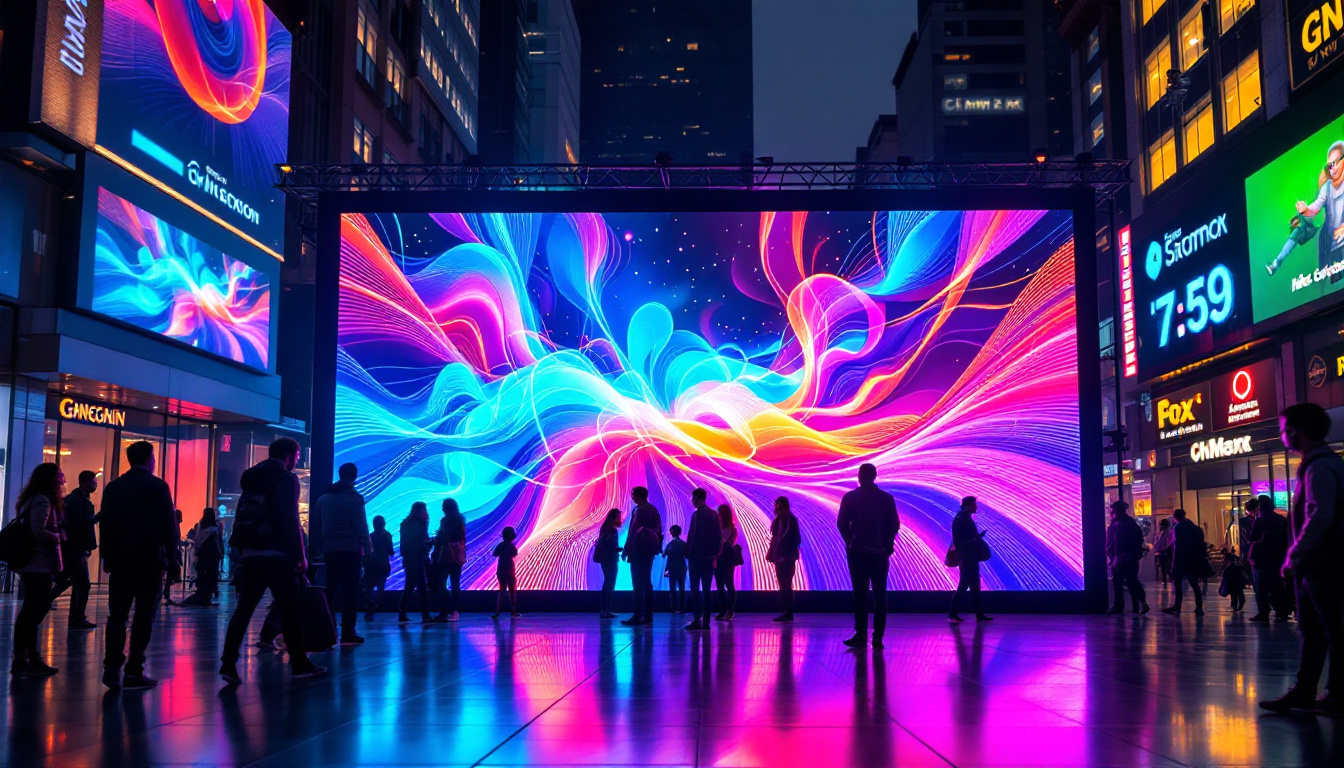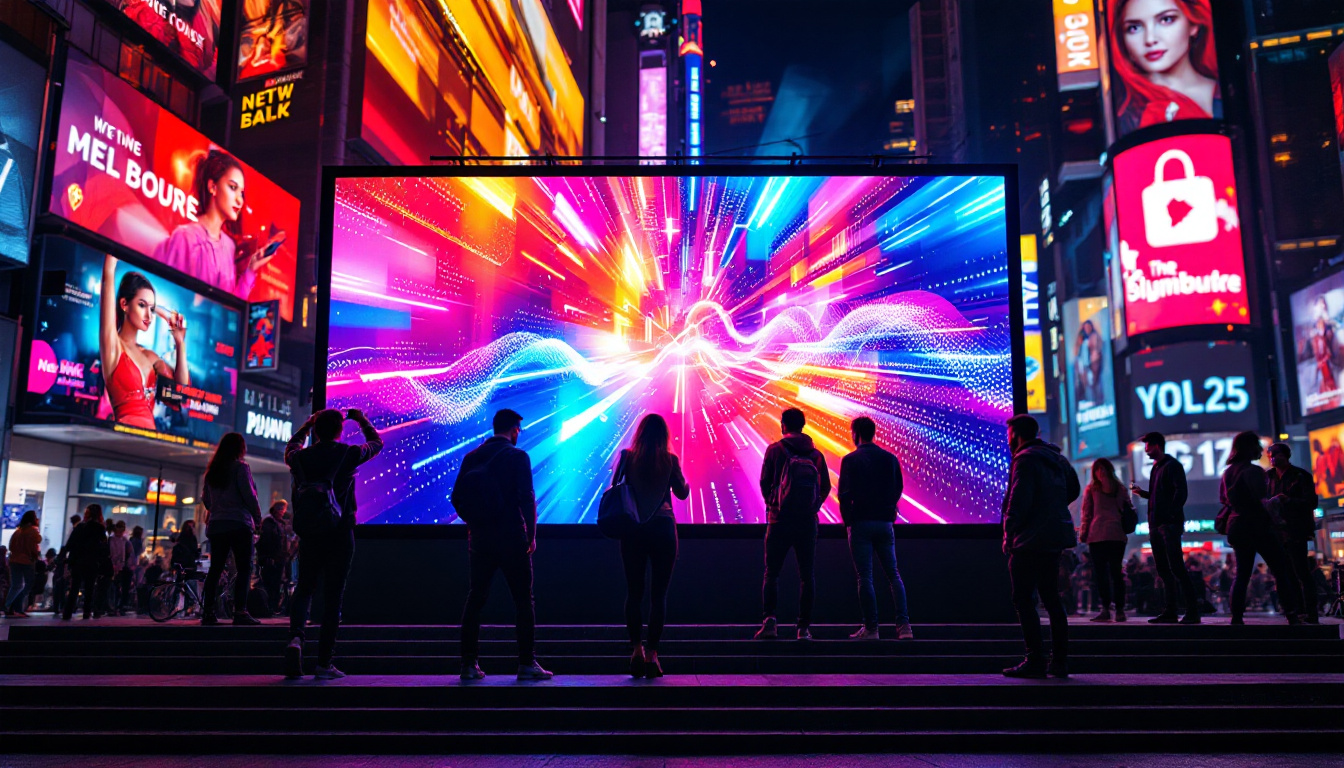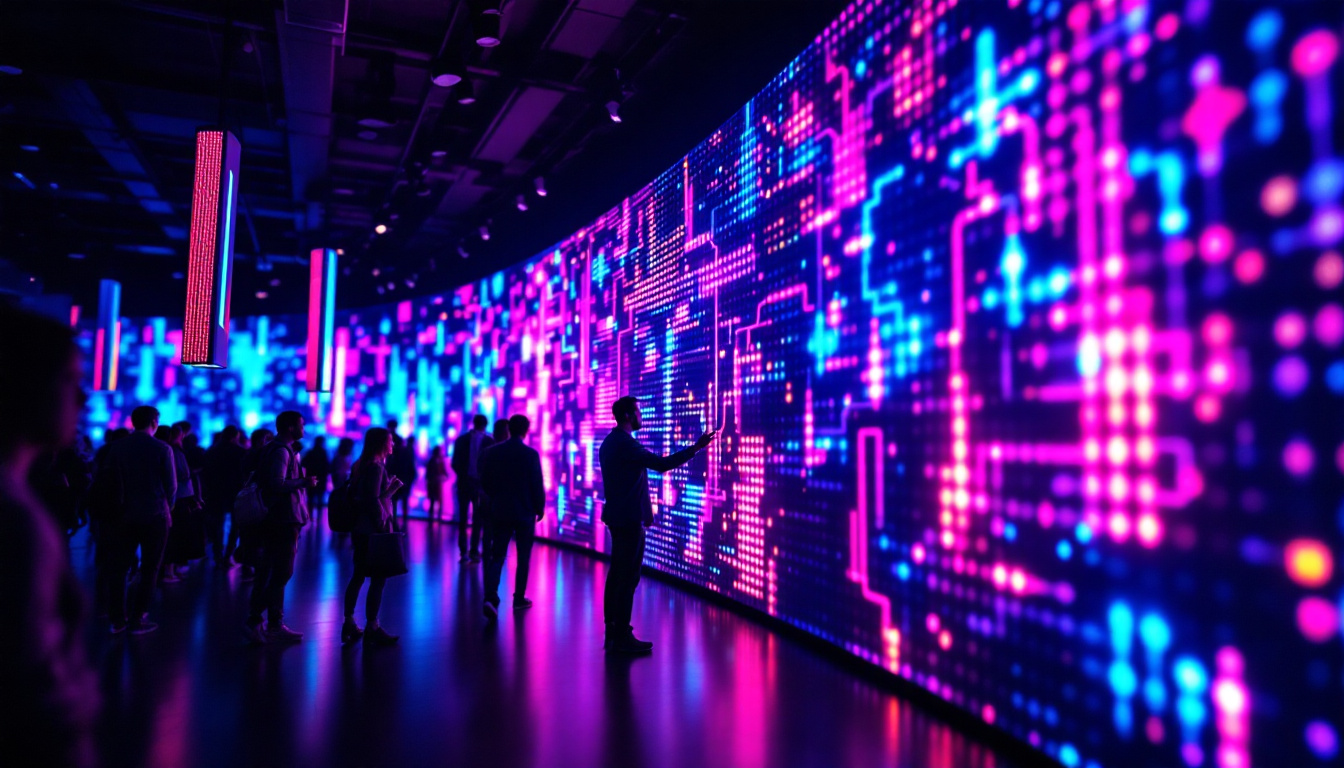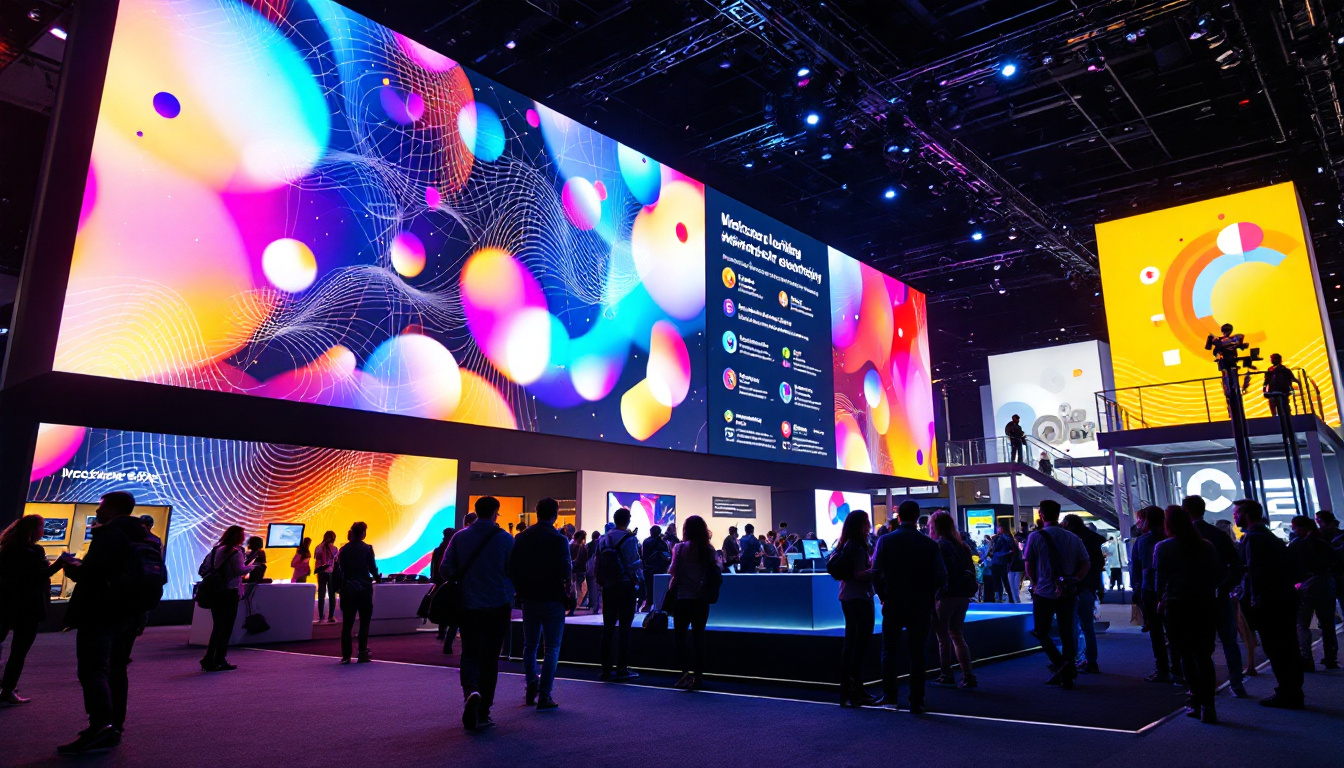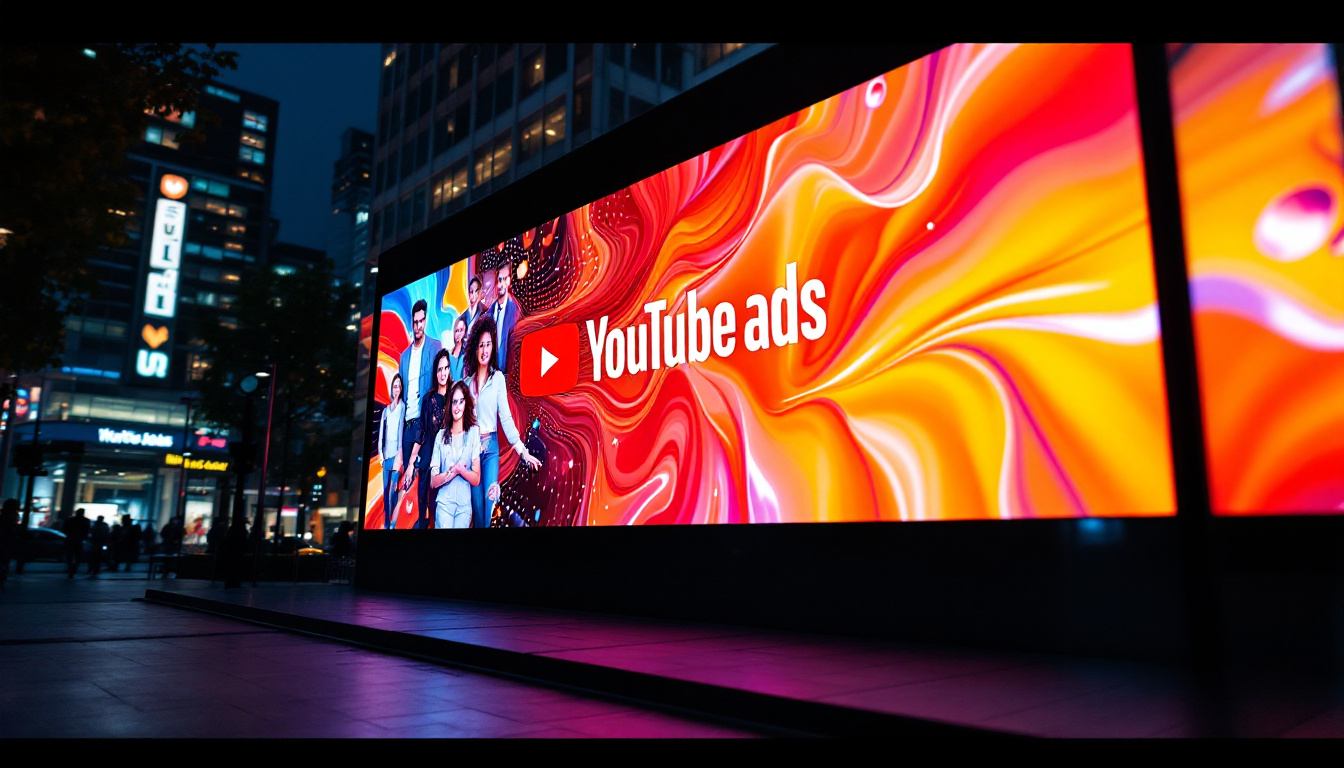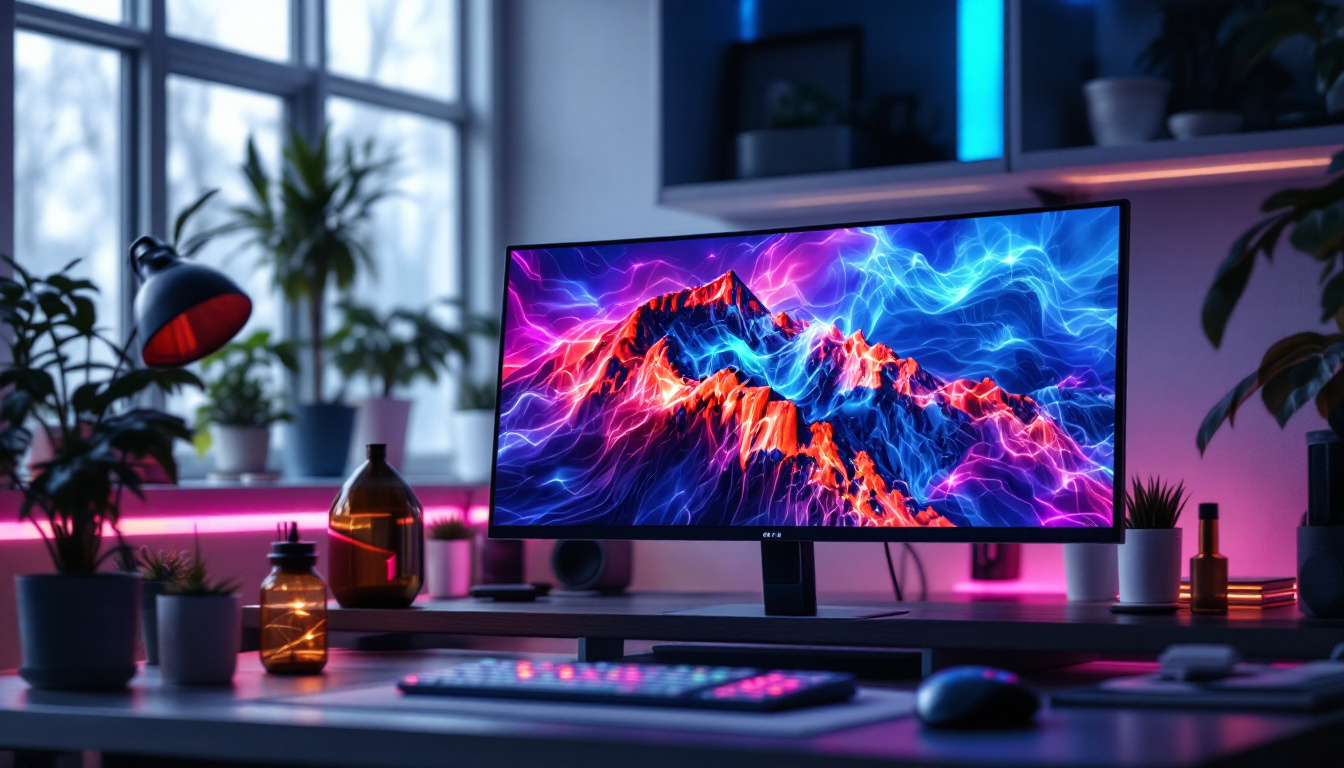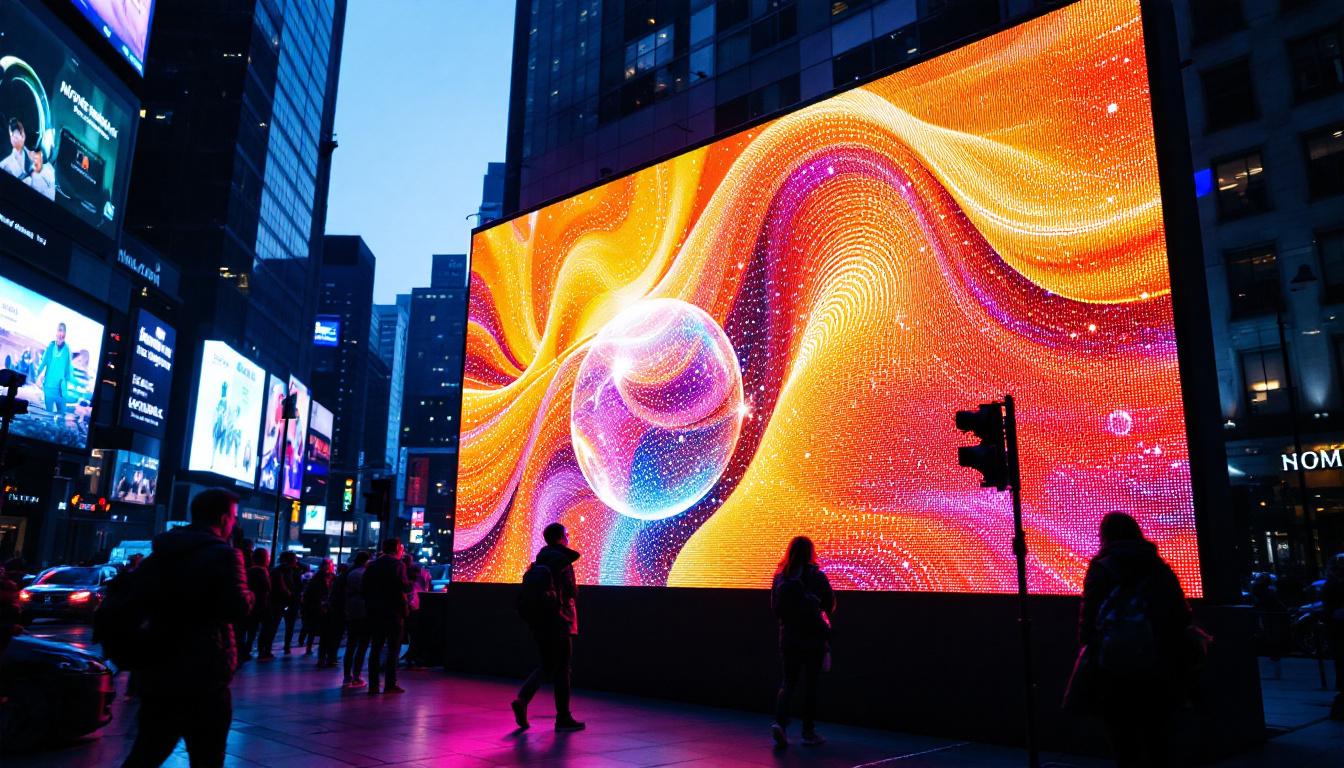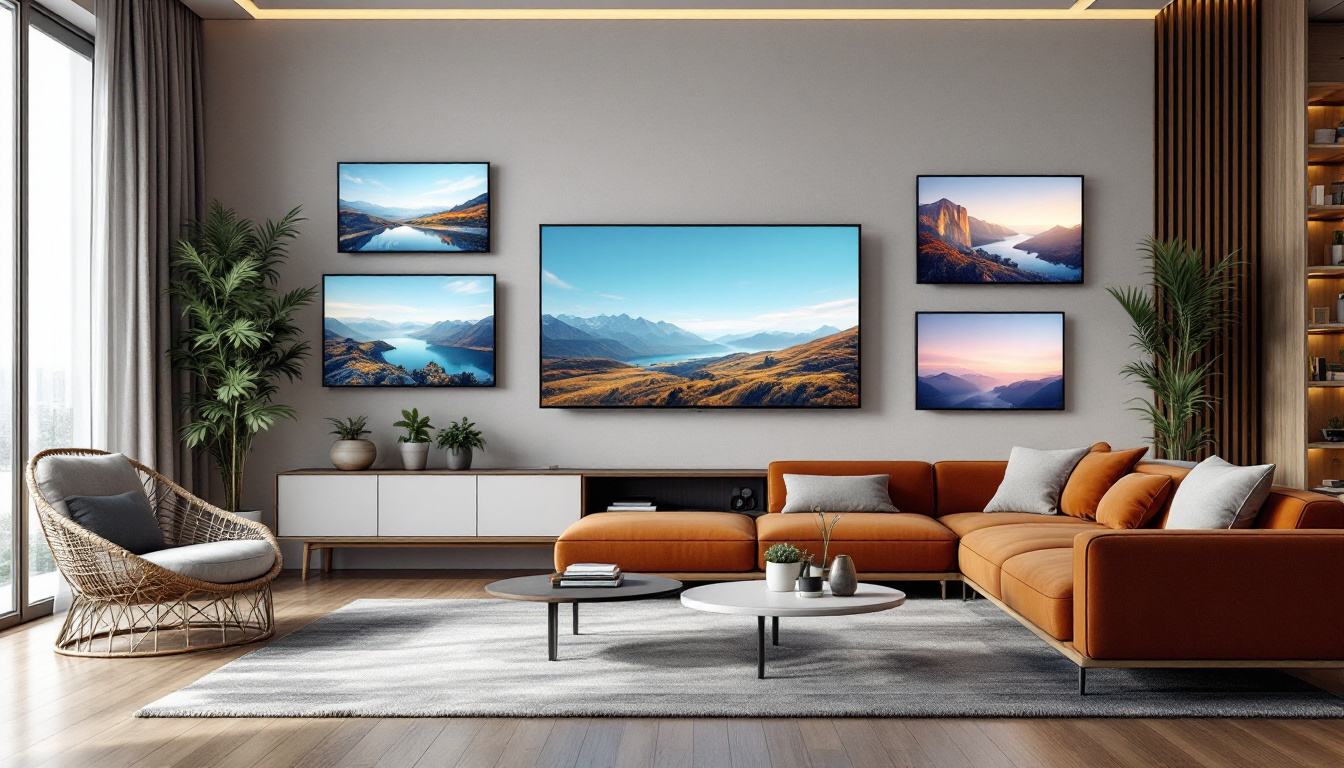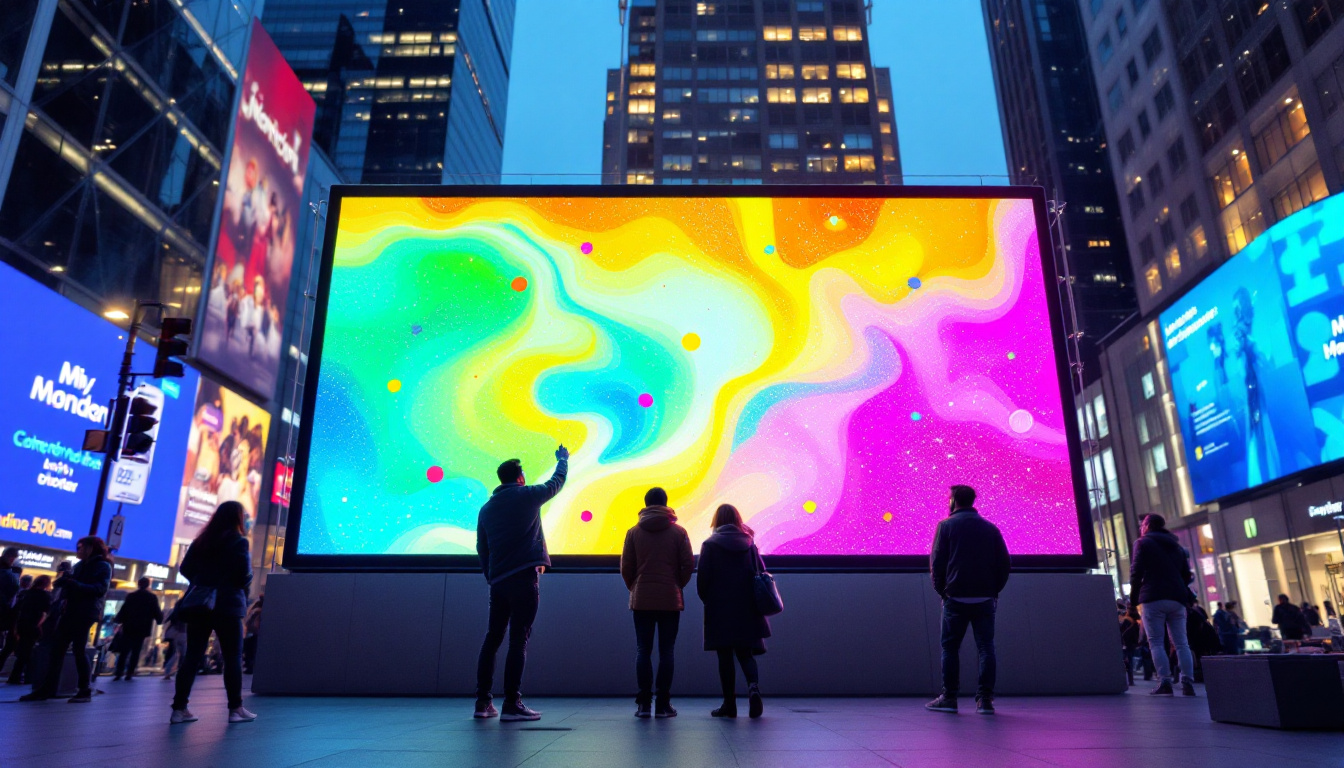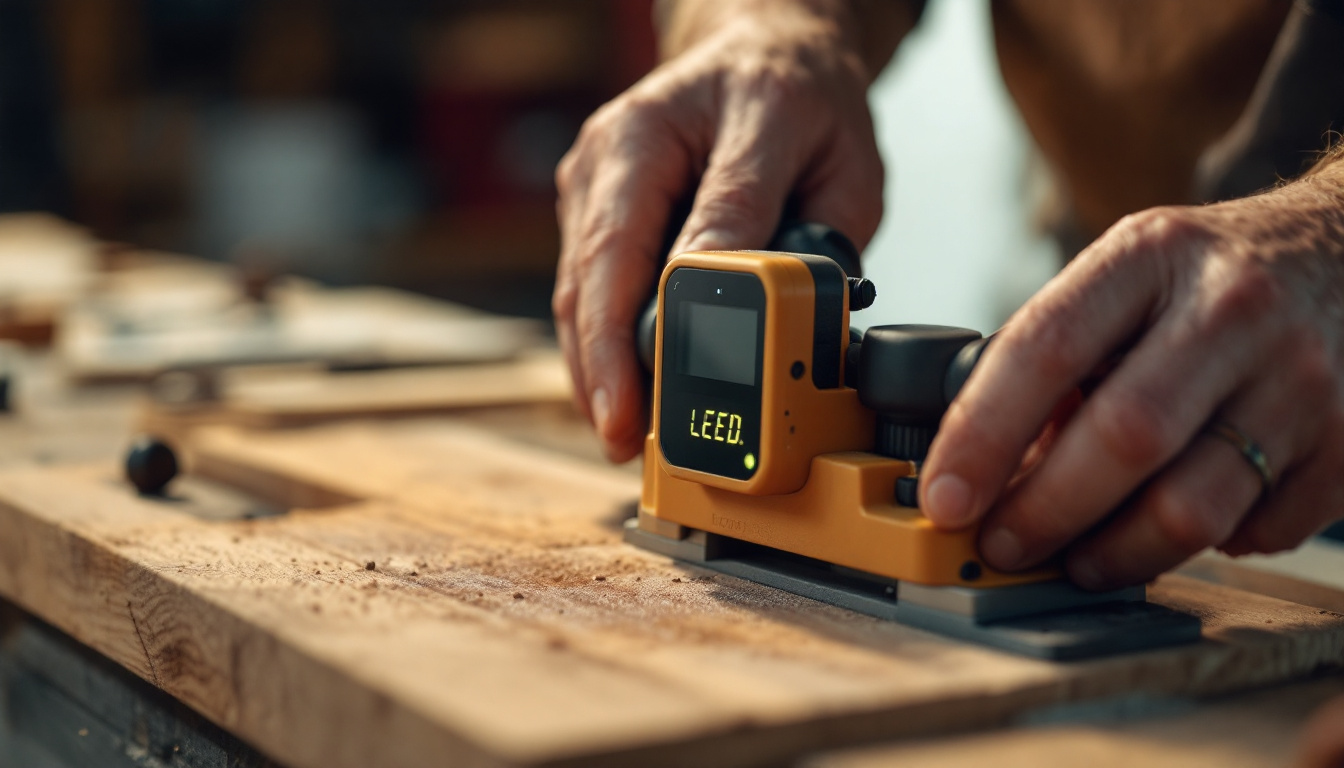In the modern era of sports and entertainment, the visual experience has become a pivotal aspect of how audiences engage with events. Video boards, particularly LED displays, have revolutionized the way information and entertainment are presented in stadiums. These high-tech installations not only enhance the viewing experience but also serve as vital tools for communication, branding, and sponsorship opportunities. This article delves into the intricacies of LED video boards, exploring their technology, benefits, and the future of visual displays in stadiums.
Understanding LED Technology
LED, or Light Emitting Diode, technology has transformed the landscape of digital displays. Unlike traditional LCD screens, LED displays consist of numerous tiny diodes that emit light, allowing for brighter, more vibrant images. This section will explore how LED technology works and its advantages over other display types.
How LED Displays Work
LED displays are made up of an array of individual pixels, each containing red, green, and blue diodes. By adjusting the intensity of these colors, the display can create a full spectrum of colors and images. This pixel-based structure allows for high-resolution images that can be viewed from various angles, making them ideal for large venues like stadiums.
Additionally, modern LED technology allows for different types of displays, including surface-mounted and flexible options. Surface-mounted displays are typically used for large video boards, while flexible LED displays can be used for creative installations, such as curved screens or unique shapes that fit specific architectural designs. This versatility not only enhances the aesthetic appeal of venues but also opens up new possibilities for advertising and artistic expression, allowing designers to think outside the box and create immersive environments.
Advantages of LED Displays
One of the most significant advantages of LED displays is their brightness. They can produce vivid colors and clear images even in bright daylight, making them suitable for outdoor stadiums. Furthermore, LED displays are energy-efficient, consuming less power than traditional display technologies, which can lead to cost savings over time. This efficiency is particularly important in large venues where multiple displays are used, as it can significantly reduce overall energy consumption and operational costs.
Durability is another key benefit. LED displays are built to withstand harsh weather conditions, including rain and extreme temperatures, ensuring that they remain operational throughout the event season. This resilience contributes to their long lifespan, making them a worthwhile investment for stadium operators. Moreover, advancements in technology have led to the development of protective coatings that enhance the longevity of LED displays by preventing damage from UV rays and environmental pollutants, further solidifying their status as a reliable choice for both indoor and outdoor applications.
The Role of Video Boards in Stadiums
Video boards serve multiple purposes in stadiums, enhancing the overall experience for fans and providing essential information. They are not just about showing the game; they are multifaceted tools that contribute to the atmosphere and engagement during events.
Enhancing Fan Engagement
One of the primary functions of video boards is to engage fans. They display live game footage, replays, and highlights, allowing spectators to catch all the action, even if they are seated far from the field. This capability is particularly important in large stadiums where sightlines can be challenging.
In addition to game footage, video boards often showcase fan interactions, such as crowd shots, social media posts, or contests. These elements create a sense of community and excitement, encouraging fans to participate actively in the event. For instance, many stadiums now feature interactive polls or trivia games displayed on the video boards, allowing fans to engage with the game in real-time. This not only keeps the energy high but also fosters a deeper connection between the fans and the team, as they feel like they are part of the action.
Advertising and Sponsorship Opportunities
Video boards also serve as prime advertising real estate. Brands can leverage these displays to showcase their products and services, reaching a captive audience during high-traffic moments. This advertising not only generates revenue for stadium operators but also enhances the overall experience for fans by providing relevant content.
Moreover, sponsorship opportunities tied to video boards can create partnerships that benefit both the stadium and the brand. For instance, a company may sponsor a specific segment of the game, such as halftime highlights, which can lead to increased brand visibility and positive associations with the event. Additionally, some stadiums have begun to incorporate augmented reality features into their video boards, allowing fans to interact with advertisements in innovative ways. This not only captivates the audience but also provides brands with unique ways to engage potential customers, making the advertising experience more immersive and memorable.
Types of Video Boards
There are various types of video boards used in stadiums, each designed to meet specific needs and requirements. Understanding these different types can help stadium operators make informed decisions when investing in display technology.
Fixed vs. Mobile Displays
Fixed displays are permanently installed in a stadium and are designed for long-term use. These boards are typically large and strategically placed to provide optimal viewing angles for the majority of fans. They are ideal for displaying game footage, advertisements, and other essential information throughout the event.
On the other hand, mobile displays offer flexibility and can be moved to different locations within the stadium. These boards are often used for special events, promotions, or to complement fixed displays. Their versatility allows for creative setups that can enhance the overall experience during unique occasions.
Curved and 360-Degree Displays
Curved displays are increasingly popular in modern stadiums, as they provide a more immersive viewing experience. By wrapping around the audience, these displays allow for a wider field of vision, ensuring that more fans can see the action, regardless of their seating position.
360-degree displays take this concept a step further by encircling the entire stadium. These installations provide a dynamic viewing experience, allowing fans to see content from any angle. They are particularly effective for showcasing highlights, advertisements, and interactive content, making them a valuable addition to any venue.
Installation and Maintenance Considerations
Installing and maintaining video boards in stadiums requires careful planning and execution. The process involves several critical steps to ensure that the displays function optimally and provide the desired visual experience.
Planning and Design
The first step in installing a video board is determining the ideal location and size. Factors such as sightlines, audience capacity, and existing infrastructure must be considered. Collaborating with architects and engineers can help create a design that integrates seamlessly with the stadium’s layout.
Once the design is finalized, the installation process begins. This phase involves mounting the display, connecting it to power sources, and integrating it with the stadium’s audio-visual systems. Proper installation is crucial to ensure that the display operates effectively and safely.
Regular Maintenance and Upgrades
Maintaining video boards is essential to ensure their longevity and performance. Regular inspections should be conducted to check for any signs of wear or damage. Cleaning the display surface and ensuring that all components are functioning correctly can prevent issues from arising during events.
Additionally, technology is constantly evolving, and upgrading components may be necessary to keep up with advancements. This could involve replacing outdated parts or enhancing software to improve functionality. Staying ahead of technological trends can help stadium operators maximize their investment in video displays.
The Future of Video Boards in Stadiums
The future of video boards in stadiums looks promising, with advancements in technology paving the way for even more innovative displays. As fan expectations continue to rise, stadium operators must adapt to meet these demands.
Integration with Augmented and Virtual Reality
One of the most exciting developments in video display technology is the integration of augmented reality (AR) and virtual reality (VR). These technologies can create immersive experiences that enhance fan engagement. For example, AR can overlay digital graphics onto live footage, providing fans with real-time statistics or player information during the game.
VR, on the other hand, can offer fans a unique perspective by allowing them to experience the game from different angles or even from the players’ viewpoints. As these technologies become more accessible, stadiums may incorporate them into their video board offerings, creating a more interactive and engaging environment.
Increased Customization and Interactivity
Future video boards are likely to feature increased customization options, allowing stadium operators to tailor content to specific events or audiences. This could include personalized messages for fans, interactive polls, or live social media feeds that encourage fan participation.
Moreover, advancements in software will enable more sophisticated content management systems, making it easier for operators to schedule and display various types of content seamlessly. This flexibility will enhance the overall experience for fans and create a more dynamic atmosphere during events.
Conclusion
Video boards have become an integral part of the stadium experience, transforming how fans engage with sports and entertainment. With their advanced LED technology, these displays offer numerous benefits, from enhancing fan engagement to providing valuable advertising opportunities.
As the industry continues to evolve, the future of video boards looks bright. Innovations in technology, such as AR and VR, will further enhance the spectator experience, while increased customization and interactivity will keep fans engaged and excited. For stadium operators, investing in high-quality video displays is not just a trend; it is a strategic move that will shape the future of live events.
In conclusion, understanding the intricacies of video boards and their role in stadiums is essential for anyone involved in the sports and entertainment industry. As technology continues to advance, the possibilities for enhancing the spectator experience are limitless.
Discover LumenMatrix LED Display Solutions
Ready to elevate your stadium’s spectator experience with the latest in LED display technology? Look no further than LumenMatrix, a pioneer in crafting immersive visual environments that captivate and engage. From the roar of the crowd in front of an Indoor LED Wall Display to the dynamic advertising potential of an Outdoor LED Wall Display, LumenMatrix offers a comprehensive range of solutions including Vehicle LED Displays, LED Poster Displays, and LED Sports Displays. Embrace innovation with our Floor LED Displays, Custom LED Displays, All-in-One LED Displays, and LED Transparent Displays. Join the visual revolution and check out LumenMatrix LED Display Solutions today to transform your venue into a beacon of unforgettable experiences.

